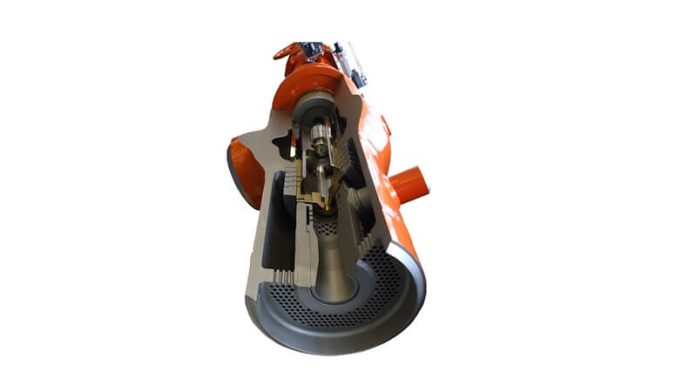The DSCV-SA (Direct Steam Conditioning Valve – Steam Atomization) from the Copes-Vulcan brand of Celeros Flow Technology is specifically designed to meet the rigours of modern power generation using superheated steam. Already relied on in conventional power generation, refineries, and paper mills, the DSCV-SA is also finding new applications in renewables, including waste-to-energy plants.
Valves for superheated steam control need to deliver operational reliability and withstand extreme operating conditions, particularly during plant start-up, shutdown, and turbine trips. The DSCV-SA addresses the issues encountered by older, base load designed bypass valves when employed on modern high frequency, rapid ramp rate plants.
Unlike conventional turbine by-pass valves, the DSCV-SA is designed to use high-pressure balance rather than low-pressure balance. This eliminates the risk of wear, damage, or breakage relating to piston rings and balancing systems, reducing downtime and maintenance costs. It also avoids stem load fluctuations due to worn seals and surfaces, which can cause low-pressure valves to oscillate violently or not open on command.
The DSCV-SA also features steam atomization technology that has significant benefits over mechanically spraying the cooling water via nozzles. Mechanical spray nozzles rely on the surrounding steam velocity to provide adequate mixing. When the steam load reduces, so too does the steam velocity and the ability of the mechanical spray nozzles. This results in poor downstream steam temperature control and water ‘drop-out’, which can cause high thermal shocks and lead to steam header fracture.
With steam atomization the cooling water is pre-heated; significantly accelerating the evaporation and desuperheating process and producing extremely small water droplet sizes with a vastly increased surface area to promote rapid heat transfer. Because this method of water introduction does not rely on surrounding steam velocity or turbulence for effective mixing, it gives very high turndowns – generally in excess of 100:1.


